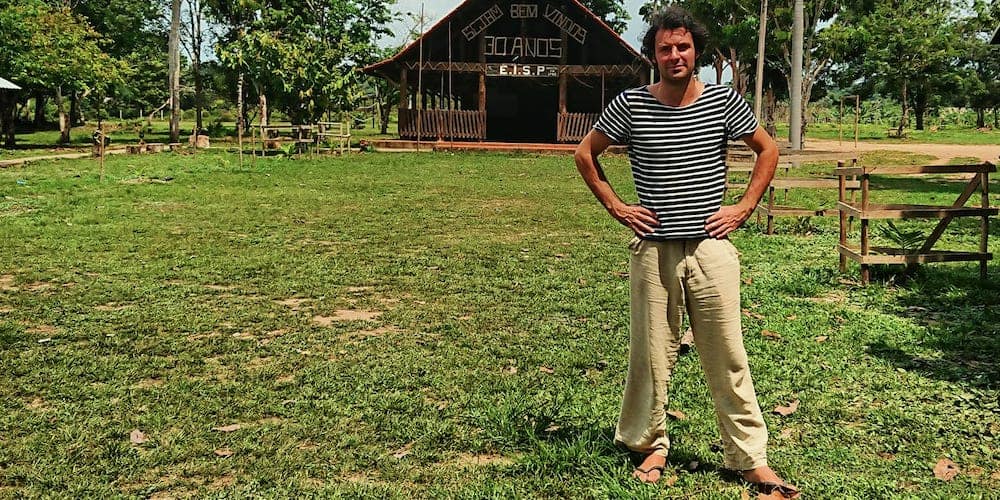Also a Doctor in geography and coordinator of Slow Food France, he explains to us how good, clean, and fair food contributes to the restoration of ecosystems and the empowerment of indigenous peoples.
Can you introduce us to Guayapi and its values?
Guayapi is a commercial company founded by my mother, Claudie Ravel, in 1990, and it aims to select and promote plants harvested from the wild in the Amazon and Sri Lanka. We are a family business celebrating its thirtieth anniversary this year, with a team of twelve people in Paris. We adhere to three fundamental criteria: organic agriculture, fair trade, and biodiversity restoration.
What products do you offer?
We present these plants in three categories. Dietary supplements or superfoods, with Warana (the name the Sateré Mawé Indians give to guarana), maca, or camu camu for example. Natural cosmetics and fine grocery are also part of our offerings. These products are distributed through a network of 3000 specialized, organic, and equitable stores.
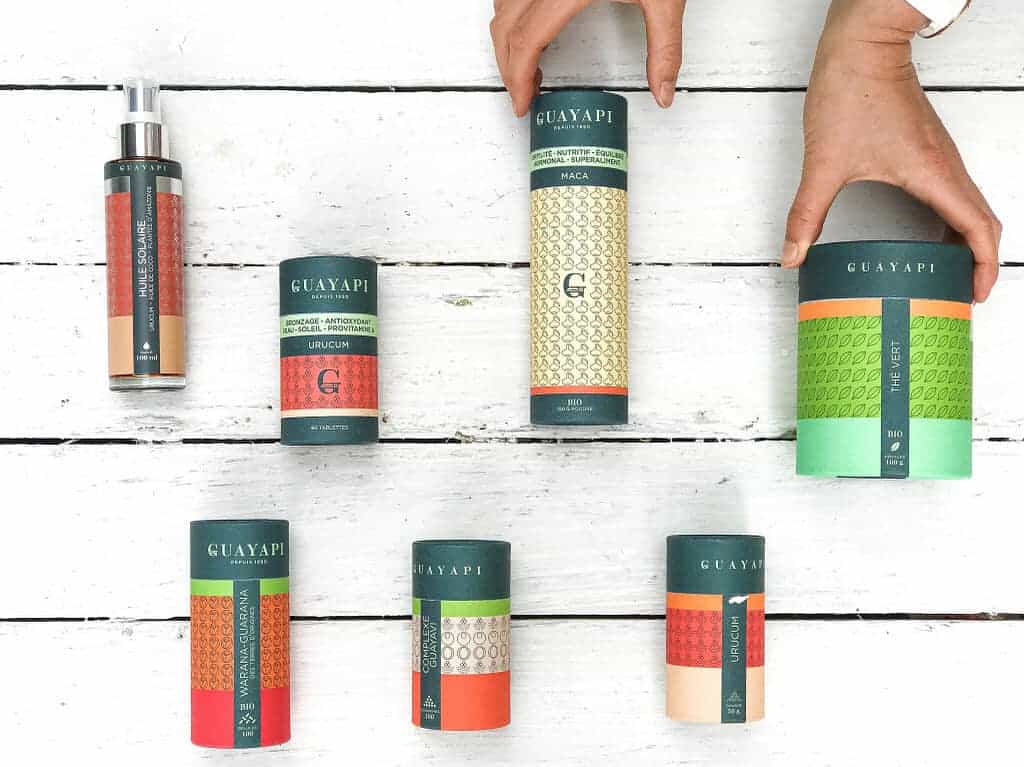
Among your fundamental criteria, there is fair trade, how do you implement this?
Since 1993, we have had a flagship project, the Warana Project. We support, at our scale, the Satéré Mawé Indians, who are a people from central Amazonia in Brazil. There were 6,000 people at the start of the project, and there are 18,000 today!
This people is determined to self-manage, notably through the Consortium of Satéré Mawé Producers, with whom we work and from whom we directly purchase the Warana. It represents 337 families of producers.
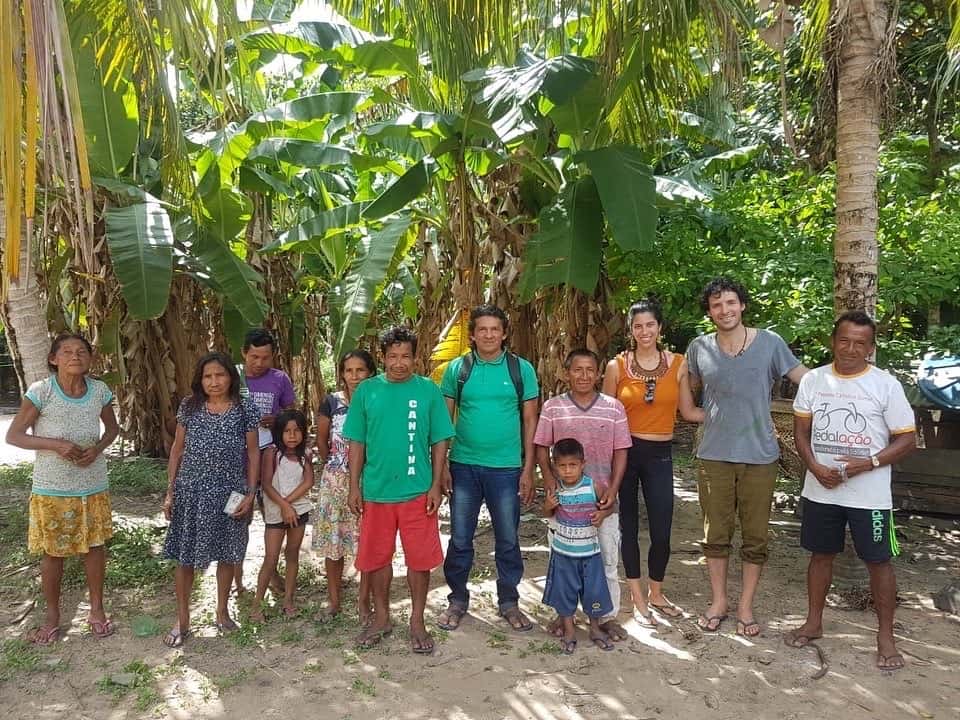
What is Warana? What is the difference with guarana?
It is the same plant, the sacred plant of the Satéré Mawé Indians. Warana is the traditional name. It means “the principle of knowledge” in their language, and it is a protected designation of origin in Brazil. It is a powerful physical and intellectual stimulant, non-exciting, that Guayapi has marketed since the 1990s, alongside other plants now offered by the Indians, as they have diversified their cultivation.
Slow Food, the movement I will discuss later, recognizes our Warana as a Sentinel: a food to preserve against the threat of the soda industry, which uses guarana.
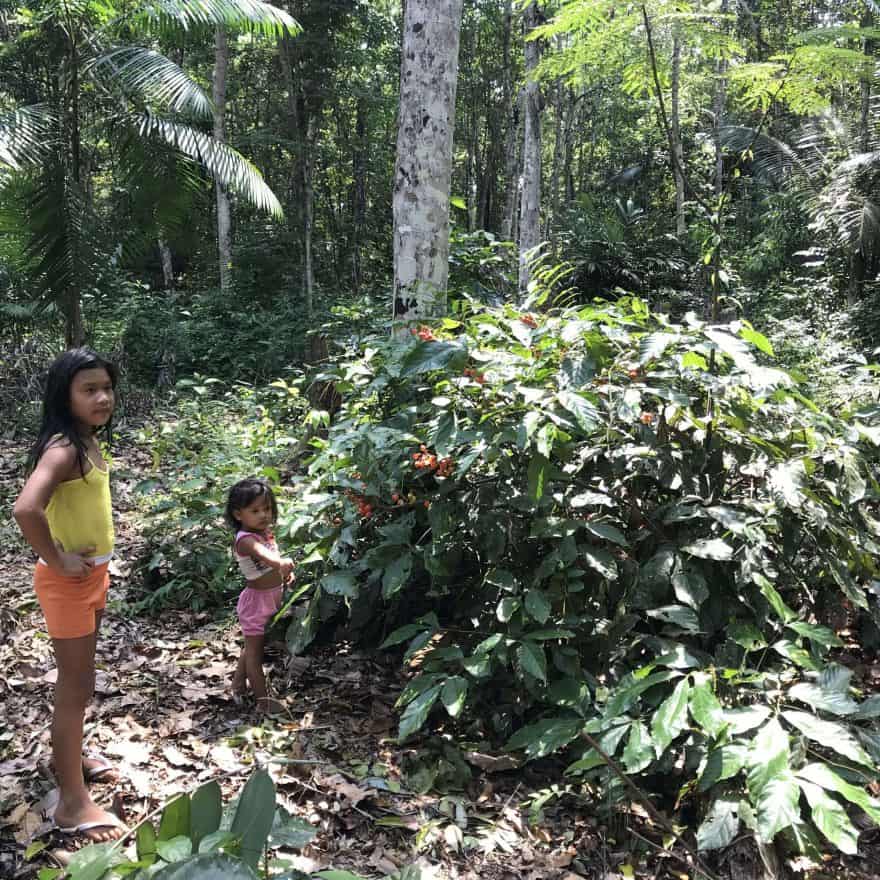
You mentioned wild harvesting?
Yes, we do wild harvesting, in what we call forest gardens. Let me give you an example. In Sri Lanka, we are partnered with a family on an eco-tourism project. It involves 20 hectares of land in the central mountains that were once a tea monoculture. It’s important to recall here that tea was introduced by the British in Sri Lanka. It’s a colonial product! We have restored the original ecosystem, with ecologists, and obtained the certification we use for our products, FGP “Forest Garden Products”.
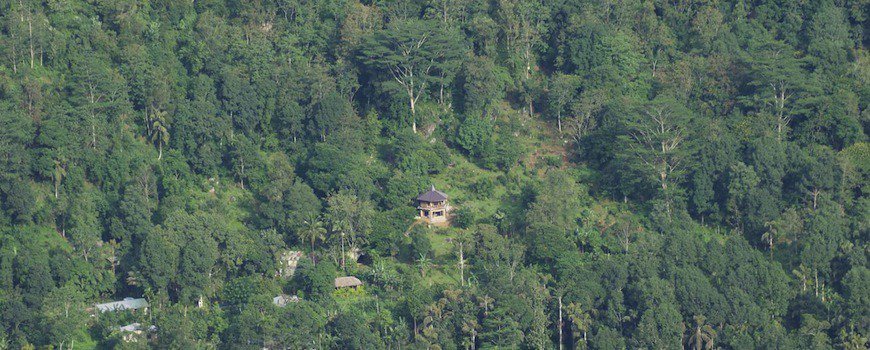
This label guarantees not only organic origin, the socio-economic criterion of fair trade, but also the famous biodiversity criteria I mentioned at the beginning. In our opinion, it is the most comprehensive certification worldwide because it is important to know that today, there are almost 400 organic certification bodies. But when it comes to biodiversity, it’s much more complicated to find expertise!
How do you manage to restore the biodiversity of the ecosystems where you harvest plants?
As I mentioned, our project in Sri Lanka is a former tea monoculture. We restored the degraded ecosystem with the technique of analog forestry (Analog Forestry in English), conceptualized and implemented starting in the 1980s by systems ecology PhD Dr. Ranil Senanayake.
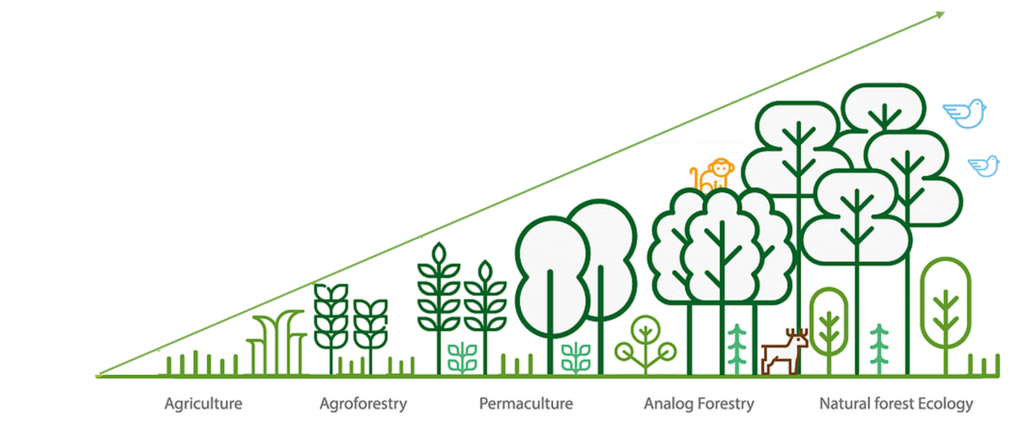
The goal is to restore ecosystems by mimicking the forest and nature. It’s a type of forestry that imitates the ecological functions and architectural structures of mature original forests. It’s the most advanced method! It has existed for 40 years in Sri Lanka and is now being implemented on all continents.
How long does it take to restore an ecosystem with analog forestry?
In an analogous forest design, after only 7 years the ecosystem begins to act like a forest, in terms of ecosystem services, that is: oxygen production, carbon sequestration, micro-habitat for animals, water purification, etc. And after 15 years, we already have a system that acts like a mature, stable forest (this is referred to as the climax state of the forest).
What nature would take more than a hundred years to restore without human intervention, with the analogous forest, we achieve in just 15 years. It’s visionary!
Because of the fires, the Brazilian Amazon experienced its worst June in 13 years. In your opinion, what are the main causes of deforestation in the Amazon?
For me, there is a triple threat. First, the threat of agro-industrial capital: this is the primary cause of deforestation in the Amazon. We transform the forest into monocultures, to the extent that today 25% of the forest is affected.
Secondly, the current government of Bolsonaro. He has further unleashed these external aggressions and territory invasions. And he is openly anti-Indigenous.
Thirdly, we see Covid-19 arriving in the Amazon. In Brazil, the epidemic is completely out of control. Manaus, the capital of Amazonas state, is the second most affected city in the country. The virus is reaching communities. Among the Satéré Mawé Indians, there are already deaths, and the situation is very, very serious.
A question consumers must ask themselves: does developing these analogous forest projects offset the carbon footprint of food that comes from far away?
Indeed, it’s a question we’re often asked. “The carbon footprint,” to begin with, is a rather vague principle. But clearly, the environmental or even social quality of a product does not necessarily correlate with whether it is local or not. We can certainly buy French products near us that are produced and processed in deplorable conditions! Conversely, the Analogous Forest sequesters much more CO² than can be emitted by transport.
For me, it’s a mistake to think that local is necessarily better. I’m being provocative by saying this, but it’s exactly what the National Rally proposes!
Consuming French, localist ideas are dangerous at their core: culture and intangible wealth are based above all on exchange and intermixing, and it’s important to remind ourselves of this here, because today there are deviations. They start from good intentions: people question their way of consuming and can be anxious about territorial withdrawal.
So of course, we need to rebuild our local communities, support our producers and rediscover seasonality. But we must not respond to this fear with an exclusively localist response or by closing in on ourselves.
The issues are global now, and Europe also has a historical responsibility in colonization. Today we have food products, animal or plant, that will be processed or transformed in the Maghreb, then packaged in Eastern Europe before being sold in France. Examples of “local” products whose transformation is completely internationalized: shrimp, tomatoes, hybrid seeds, meat from industrial slaughterhouses… This is what we must fight against. And not against good, clean, and fair products that support indigenous American populations.
Is production more polluting than transport?
Transport represents 10 to 12% of greenhouse gas emissions. That’s as much as the digital industry. It’s an interesting paradox that we use social networks to denounce products that come from afar via a medium that pollutes just as much!
The aviation industry accounts for only 2 to 3% of greenhouse gas emissions. Agriculture and industries account for at least 40%. It’s the main source of pollution! These figures come from the Intergovernmental Panel on Climate Change.
The pollution of products depends more on how they are produced than on the distance, local or global.
For foods that come from far away: if they come from monocultures, it’s catastrophic. If they are products that can be substituted by products from here, it also has no interest. But when we have products grown in forest gardens, which sequester a lot of carbon, it’s a good thing. For example, a tree in a forest can store up to two tons of carbon per year. A preserved primary forest hectare in a tropical zone can store up to 400 tons of CO2 per year.
If the product is well-made, good (for the taste buds and health), clean (for the planet), and fair (for the producer), like Warana, packaged in eco-friendly packaging, the transport is largely offset.
There is also the question of seasons and the scope of supply chains…
In terms of seasonality: I love superfoods from around the world, and I also love local products made by small European, French, regional producers, and especially those that are seasonal.

And it’s not incompatible: superfoods from around the world enhance our diet with their flavors, benefits, enriching both our dietary habits and our gastronomy. Cinnamon, pepper, noble cocoa, warana, açai, camu camu… are also important nutritional sources.
What also matters is the size of the supply chains. At Guayapi, we operate with short circuits internationally. We buy Warana directly from the Sateré Mawé Producers Consortium (representing 337 families of Sateré Mawé Amerindian producers). It should be remembered that geographic proximity does not imply a short supply chain!
Do you think the rise of environmentalists in municipal elections will concretely change things?
It’s very good news! We also see the difference in the European elections, with a green wave and it’s a deep societal trend that fits into the future of the planet.
In my opinion, there are two levels of politics. There’s the party politics, where we vote every 5 years. It’s an old-fashioned vision of politics. It has its place, it is legitimate, but there is also, in my opinion, politics in the noble sense, with a capital P.
Every day, each of our actions, each of our acts, is political: we vote three times a day by choosing what we eat!
You are the co-president of Slow Food Paris-Region, can you tell us about the Slow Food movement?
Slow Food is a large food movement that started in Italy thirty years ago and is now present in 170 countries. It came about as a reaction to Fast Food. The idea is to advocate for food that’s good, clean, and fair, as I was telling you.

We also defend food biodiversity with various programs, a network of sustainable chefs, small farmers, academics… We conduct many actions and campaigns worldwide. It warrants another interview, as this movement is not well known in France! Everyone is welcome to join us!
How do you see food in the future?
It’s a very difficult question, I couldn’t claim to know how we’ll eat in the future. The best would be to adhere to the same values as Slow Food: adopting slow, fair food that meets nutritional needs, respects the planet, and avoids waste. Fair food for everyone.
For me, it will be very important to restore food to its rightful place, central in society, with respect for regions and their ecosystems. Today’s agricultural production is indecent and creates a lot of waste. I also think that we need to reallocate agricultural spaces for the restoration of original ecosystems.
In the future, we will need urban spaces, but much fewer than today, and these must be more greened, more naturalized, with projects of urban forests and gardens, creating social bonds, jobs, and oxygen.
Then, we should have agricultural zones with a view to equitable food as I’ve mentioned, some areas will be needed for forestry (tree plantations for paper, for example)… But I believe that a large part of territories must be allocated for the restoration of original forests with analog forestry, for the sole purpose of restoring ecosystems, vital for humanity. Forests and rich soils are indeed our life support systems!
An objection that might arise: how to feed 8.8 billion people by 2100 while reducing agricultural territories?
Once again, this is a question unfortunately biased by agro-industrial propaganda. Today, we waste between a third to half of the food we produce worldwide. This amounts to 1.3 billion tons each year according to the United Nations Food Organization.
A third or even half of the food we produce doesn’t end up in a stomach but in a trash can!
The narrative that we need to produce more to feed more humans is a myth invented by agro-industrial companies to sell more GMOs and supposedly develop more efficient techniques. Today, we have enough on Earth to feed 9 billion humans!
The earth is generous enough to meet everyone’s needs but not the greed of one.
We have a poor distribution of food resources, economic access inequality… It’s not at all a quantity problem but a quality one, and the structural allocation of resources. Education plays a major role: we must educate on these issues. So that people, day by day, make more conscious food choices.


